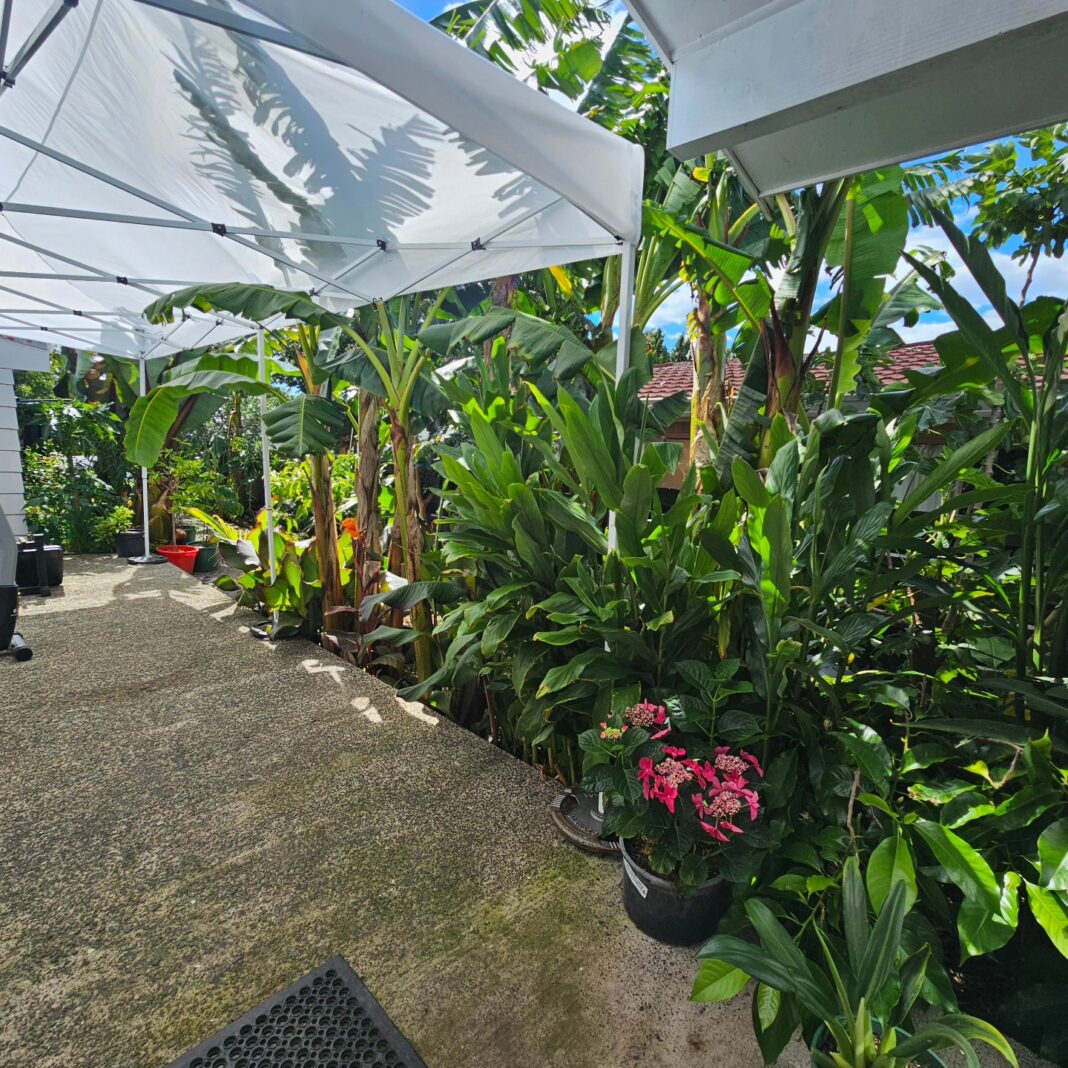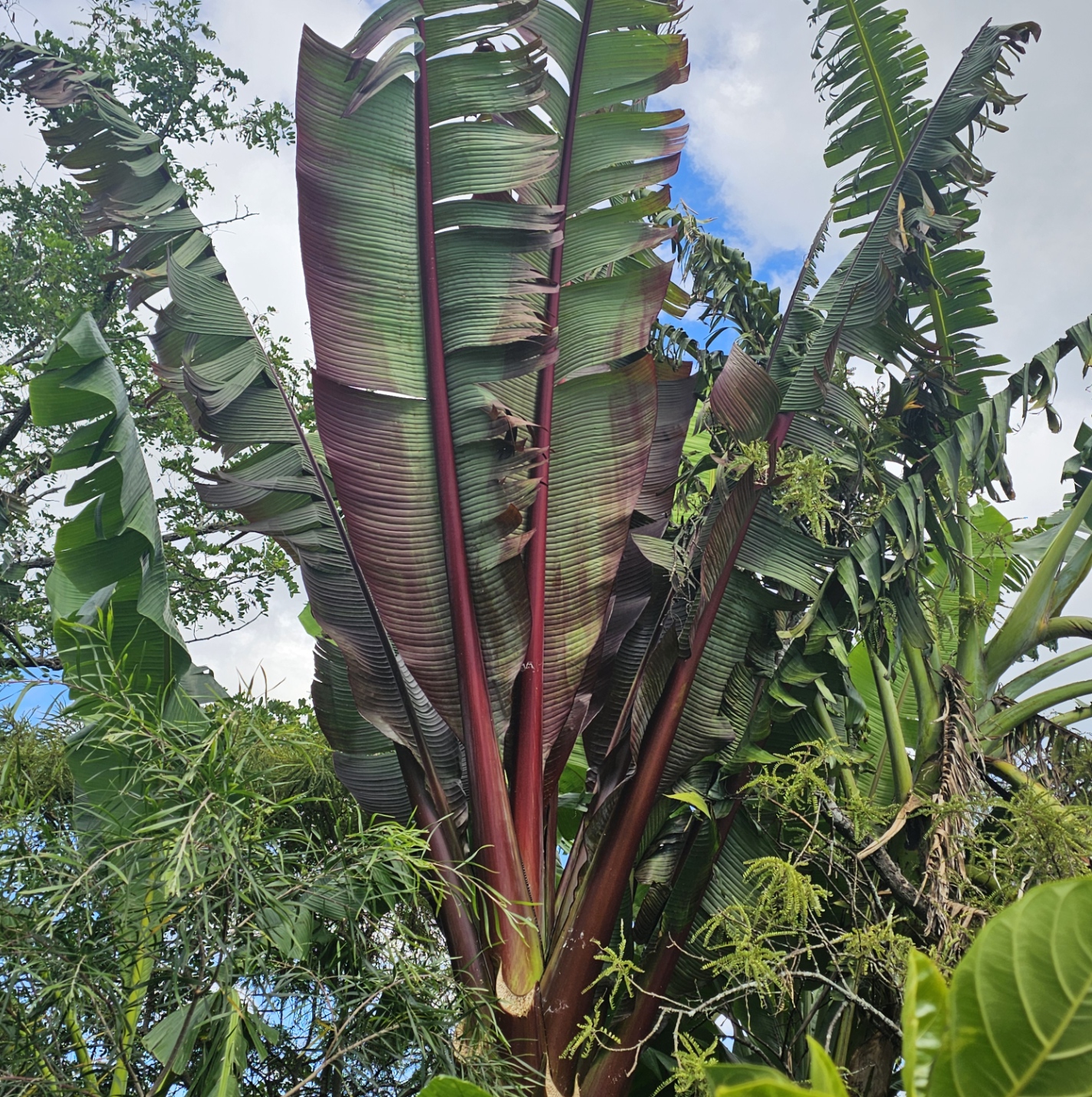With land prices soaring and gardens shrinking, it’s time to look up! Vertical gardens, also known as living walls, are a fantastic way to maximize your growing space, add a touch of green to a boring fence or wall, and even grow your own food. Here’s a guide to getting started with your own vertical garden in New Zealand.
1. Choose Your Wall and Your System
The first step is to pick the right spot. Consider how much sun the wall gets throughout the day. In Te Puke, a north-facing wall will get the most sun, making it ideal for sun-loving plants, but it can get very hot and dry in summer. An east-facing wall gets gentle morning sun, which is great for a wide range of plants, while a south-facing wall is best for shade-lovers.
Once you have your spot, you need to decide on a system. There are many options, from ready-made kits to DIY solutions:
- Fabric Pockets: These are a popular and simple solution. The pockets are made from a breathable, water-retentive material and can be attached to fences or walls with hooks or screws. They’re great for herbs, leafy greens, and strawberries.
- Gutter Gardens: You can repurpose old gutters or buy new ones to create a tiered garden. This is a great DIY project for growing herbs and small vegetables like radishes.
- Trellis & Climbers: A trellis attached to a wall is a classic vertical garden. You can train climbing beans, peas, passionfruit, or even small squash varieties to grow up it.
- Pallet Gardens: A recycled wooden pallet can be transformed into a rustic and charming vertical garden by attaching pots or planting directly into it. Just be sure to use untreated wood, especially if you’re growing edibles.
2. Select Your Plants
Choosing the right plants is key to a successful vertical garden. Think about what you want to grow and the amount of sun your chosen spot receives.
- Edibles: For sunny walls, consider sun-loving herbs like rosemary and basil, as well as strawberries, lettuce, and climbing vegetables. Dwarf citrus trees and feijoas can also be grown in larger pots or pockets.
- Flowers: Cascading plants like petunias or trailing lobelia look beautiful in a vertical garden. Edible flowers like violas and nasturtiums are a great option for adding colour and flavour.
- Shade-Lovers: For shadier walls, ferns, bromeliads, and shade-tolerant herbs like parsley and mint will thrive.
- Low-Maintenance: Succulents are an excellent choice for a low-maintenance vertical garden, as they are drought-resistant and need very little soil.
3. Planting and Care
Once you have your system and plants, it’s time to get planting!
- Soil: Use a good quality potting mix, not garden soil. Vertical gardens can dry out quickly, so a mix with water-retaining crystals is a great idea.
- Watering: This is the most crucial part of vertical garden care. Because the soil volume is small, it dries out much faster than a traditional garden. Water regularly, especially during hot summers. A drip irrigation system is a great way to make this easier.
- Feeding: Your plants are entirely reliant on you for nutrients. Feed them regularly with a balanced liquid fertiliser or add a slow-release fertiliser to the potting mix.
- Placement: When planting, place taller varieties at the top so they don’t shade out the smaller plants below. Trailing varieties are perfect for the bottom pockets, as they will cascade down the wall.
A vertical garden can transform a small space and bring you a bounty of fresh produce and beautiful blooms. Start small and have fun with it—you’ll be surprised at what you can grow.



